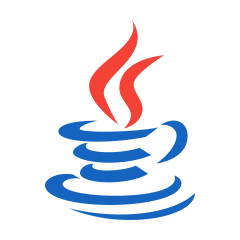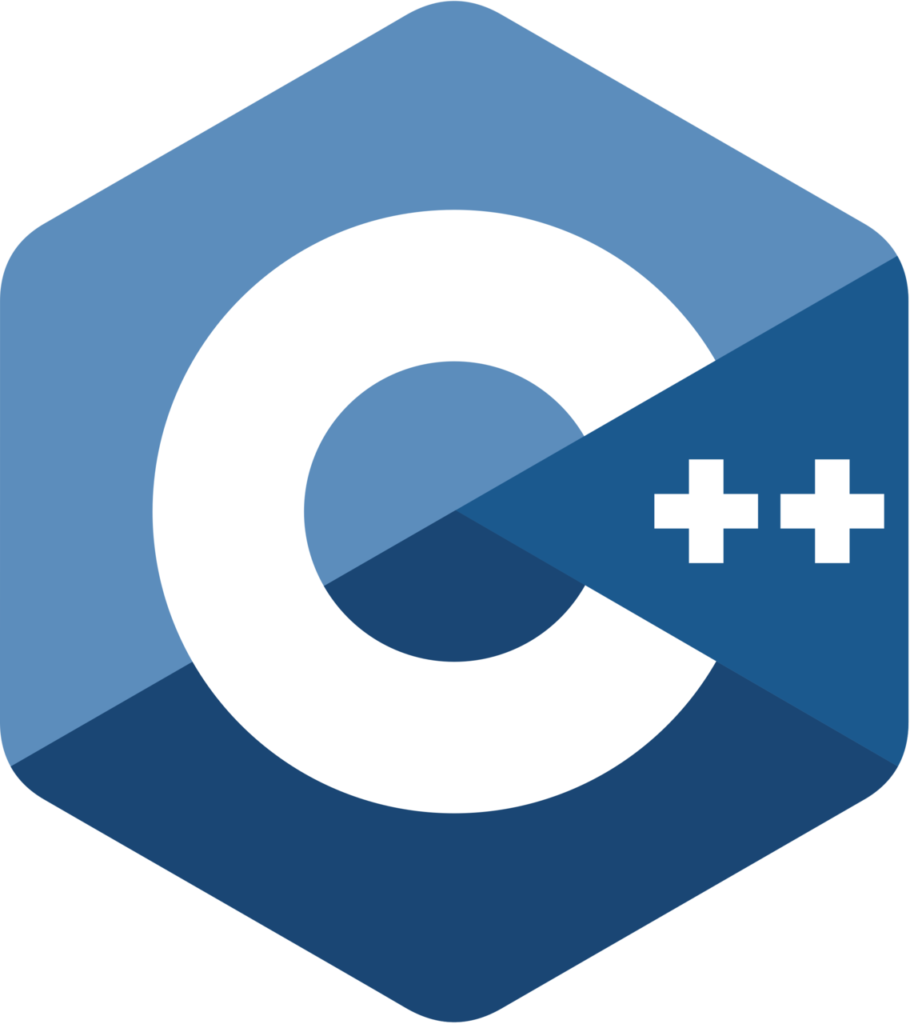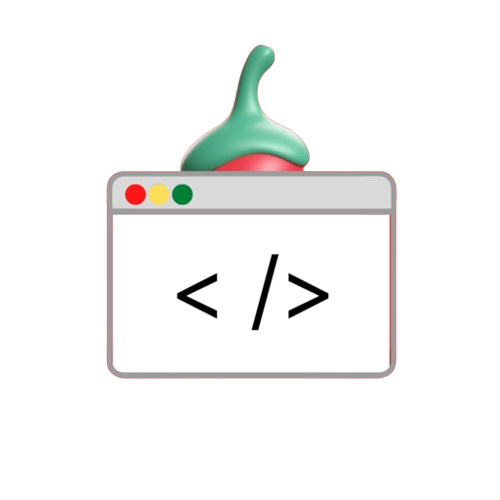Have you ever heard news of someone that Mr./Miss X got hired at a very good package in Google, apple, Microsoft, tesla etc… I am sure you did. We as Indians are prone to our parents speeches every time these kinds of news appear. But we somehow manage to escape our parent’s sight, but when will the time come of our own success story as a developer? When will we get placed for working with the best and trending technologies like AI/ML. If you have that doubt in your mind? Well, you came to the right place. Today in this blog we will cover the top programming languages which can help you to excel in getting your dream AI/ML jobs in India.
Table Of Contents
Why AI/ML?
Well there is no doubt… The most complete and trending technology not only in India but the whole world is Artificial intelligence and machine learning. According to Fortune Business Insights, The Machine Learning (ML) market size was valued at USD 19.20 billion in 2022. The market is expected to grow further from USD 26.03 billion in 2023 to USD 225.91 billion by 2030, exhibiting a CAGR of 36.2% during the forecast period. And this is just the start. ML/AI has far more things to be curious about than just their market cap.
The need for selecting a language is crucial because:
- Language proficiency Matters: AI/ML algorithms and models are built using code. The proficiency in the right language is essential because it allows you to understand, implement and even contribute to the algos, excelling you forward in the field.
- Libraries and frameworks: Powerful, fast libraries and frameworks like TensorFlow, PyTorch, and scikit-learn are essential for efficient AI/ML development. Choosing right languages with extensive and well-supported libraries specific to AI/ML streamlines your workflow and empowers you to tackle complex tasks.
- Specialization and Efficiency: Different languages have their own strengths. While Python excels in rapid prototyping, C++ offers unmatched speed for computationally intensive and complex looking tasks. Choosing the language best suited for your project ensures efficiency and optimal performance in your AI/ML applications.
- Career Trajectory: Many companies and job descriptions in the Indian AI/ML space highlight a specific programming language as its requirement. Mastering languages which are in high demand equips you with the skills big employers seek, boosting your resume and interview confidence.
What is AI & ML?
Artificial Intelligence (AI):

It’s like imagining machines that can mimic human intelligence – that’s the essence of AI. AI systems can learn,
analyze data, and make decisions based on patterns over which they are directed to code and discovery. Think of them as intelligent assistants capable of tasks like:
- Personalized Banking: AI-powered chatbots in Indian banks can answer customer queries 24/7, can also recommend financial products, and even detect fraud and inappropriate transactions.
- Precision Agriculture: AI can analyze satellite imagery and weather data to predict crop yields, optimize irrigation, and suggest suitable fertilizers, leading to better harvests for Indian farmers.
- Advanced Medical Diagnosis: AI algorithms can analyze medical scans with incredible accuracy, which eventually can be used in assisting Indian doctors in early disease detection and personalized treatment plans.
If you want to learn about the best programming languages for develoepers in 2024, Consider reading This article.
Machine Learning (ML):

This is like a subset of AI where machines can learn and improve without any explicit programming. They can analyze vast amounts of data, identify patterns, and make predictions based on those patterns. Imagine a student constantly learning from experience – that is the power of ML:
- Loan Prediction in Microfinance: ML algorithms can assess a borrower’s creditworthiness using alternative data sources, enabling Indian microfinance institutions to reach unbanked populations.
- Stock market analysis: ML models can analyze market trends and historical trends to forecast stock market trends, helping Indian investors make informed decisions
- Traffic management: Indian cities deal with various types of traffic accidents. ML algorithms can analyze traffic in real time and suggest dynamic route optimizations, reducing congestion and travel time.
If you ant to excel in Machine Learning with better sourcees of learning and courses, Consider reading this article.
Top Programming Languages for AI/ML Jobs
Python:

Unmatched Readability:
Unlike some languages with complex syntax, the Python code is similar to just plain English, making it easy to learn and understand even for those new to programming. This is especially beneficial for aspiring AI/ML professionals specializing in India, who may come from various academic backgrounds.
Massive library capacity:
Python has a massive ecosystem of powerful and user-friendly libraries designed specifically just for AI and ML projects. Some popular examples are TensorFlow, PyTorch, and scikit-learn.
These libraries also provide pre-built functionality and tools, allowing you to focus on basic AI/ML concepts instead of spending much of your time in reinventing the wheel This does not only accelerate the development but it also ensures to take proper advantage of industry and standard equipment.
A Gentle Learning Curve:
Python’s clear syntax and beginner-friendly nature makes it an excellent starting point for anyone willing to go into the world of AI/ML. Numerous online tutorials, courses, and a supportive community is designed specifically to Python for AI/ML, making the learning journey smoother and more accessible for Indian programmers.
R:

While Python may be the dominant leader in all AI/ML developments, R is a language that still holds a special place in the hearts of the researchers, especially in the vibrant Indian educational environment. Here’s why R shines in the world of statistical analysis and data visualization, making it the ideal choice for analytics-oriented AI/ML projects:
Statistical Prowess:
R boasts a large, mature ecosystem of statistical programs. From classical linear regression to state-of-the-art time series analysis, R has tools to meet a wide range of statistical needs. This rich functional library allows researchers to go deeper into data, reveal hidden patterns, and build complex AI/ML models based on solid mathematical foundations.
Data Visualization Masterclass:
The power of R goes beyond just numbers. It provides unparalleled flexibility in data visualization. With packages like ggplot2, researchers can create print-like graphics that are not only informative but also aesthetically pleasing. This ability to visualize clearly and engagingly is important to communicating complex research findings to technical and non-technical audiences.
Advantages of open-source
Since R is an open-source language, it provides collaboration and transparency in research. Indian analysts can benefit from the large online community of R users, easily share regulatory nuances and data analysis workflows, and reap the benefits of collaborative knowledge. This collaborative environment accelerates research progress and enables Indian institutions to compete globally.
Java:

Java plays a very significant role in building large-scale enterprise applications for AI/ML, despite not being the absolute top choice for core machine learning algorithms. However, its strengths make it a valuable asset in the overall AI/ML development process, especially for enterprise applications. Here’s why:
Robust and Scalability:
Java applications are known for their reliability and ability to handle large amounts of data and complex calculations because the language was build specifically for these kinds of tasks. This is especially important for enterprise AI/ML systems, which typically process large amounts of data and require uninterrupted processing.
JVM (Java Virtual Machine) Advantage:
Java’s “write once, run everywhere” principle shines in workstations. Code written in Java can run smoothly on operating systems without modification, simplifying deployment and maintenance on enterprise infrastructures.
Large developer communities and established systems:
Java has a large developer community and a rich ecosystem of libraries and systems. Frameworks such as Apache Spark and H2O provide tools for parallel processing and distributed computing, which are critical for large AI/ML projects deployed in the enterprise.
Safety Precautions:
Security is paramount for enterprise applications. Java provides built-in security features such as sandboxing and access control, which are essential for protecting sensitive data used in AI/ML systems.
C++:

C++ our classic and vintage hero comes handy in this field too. C++ reigns supreme when it comes to raw performance. Its efficiency and speed make it a winner for computation-intensive tasks such as deep learning algorithms.
Imagine training a complex root with millions of parameters – C++ lets the root handle these calculations faster.
However, this power comes at a price. Unlike Python, C++ is not an easy language to learn. It’s challenging learning curve includes a thorough understanding of memory management, complex syntax, and a deep understanding of computer programming. But for those willing to put in the time, C++ unlocks control and efficiencies unmatched by other languages in this area.
Blazing Speed:
C++ compiles directly to machine code, resulting in a significantly faster execution compared to interpreted languages like Python.
Fine-Grained Control:
C++ offers unparalleled and unmatched control over memory management and system resources, allowing for extreme optimization in the pieces of software and computationally intensive tasks.
Large Established Codebase:
C++ boasts a vast ecosystem of established libraries like OpenCV and Eugen, specifically designed for scientific computing and machine learning algorithms.
Julia (A Rising Star in AI/ML):

This emerging programming language is gaining popularity in the world of scientific computing due to its impressive speed and focus on technical based applications Though not yet as dominant as Python or R in AI/ML, Julia has the goods some that make it a potential future player:
Blazing Speed:
Julia boasts exceptional performance, often beyond Python and other traditional AI/ML languages. This makes it ideal for computationally intensive tasks such as deep learning algorithms.
Scientific DNA:
Julia was created using scientific mathematics. Its syntax allows for clear and concise mathematical presentation, making it a natural fit for complex AI/ML models.
Multiple dispatch:
This unique feature allows Julia to optimize the code based on the types of data involved, resulting in more efficient and scalable AI/ML applications
Still evolving, Julia’s strengths position it as the language to watch in AI/ML land. If you are interested in scientific computing and interested in sophisticated technology, Julia is probably worth seeking out for your future AI/ML endeavors. I personally predict Julia as one of the most powerful and best AI/ML language for the future bcause it has an exceptionally well potential.
Choosing the riight Language:
Consider your career goals:
It is very important to research before act. Before moving to a specific language, you should research for the market trends and demand for each language. If money and packages matter for you then research from search engine’s, friends and influencers about the language which is trending in the market. For giving the highest packages to developrs but if deeper learning and stable jobs matter for you, you should research for traditional and fast growing languages with stable potential for the future.
Align with your strengths:
Remember, tailoring your language choice to your existing programming skills is essential. Shifting to a language with completely different requirements and syntax than what you have learnt befoe can be quit overwhelming. But if any lnguage aligns with your coding preferences, you will have a reason to shift towards it.
Don’t be afraid to learn multiple languages:
The value of being versatile is important. As the technology is changing day by day, it’s very impotant to consider browisng through new technologies and languages as your career progresses.
Conclusion:

The Indian AI/ML business market is growing, and choosing the right programming language is critical to success. Here is a summary of the most sought after languages.
- Python: Reigning Conqueror! Python’s ease of use, extensive libraries (TensorFlow, PyTorch, scikit-learn), and great community make it the perfect starting point for beginners and veterans alike
- R: The power of statistics and data visualization. R excels in analytical AI/ML projects, especially in education.
- Java – don’t underestimate its business roots! Java’s robustness makes it ideal for large scale AI/ML systems that demand high performance.
- C++: For speed demons! C++ provides immense power for computationally intensive tasks like deep learning algorithms, but be prepared for complex learning.
- Julia: Look at this rising star! Julia’s focus on scientific computation and her speed make it a potential game changer in the future of AI/ML.
The journey begins now!
This is just the first step. Immerse yourself in the exciting world of AI/ML programming! A wealth of online resources and a vibrant Indian developer community are waiting to empower you.




